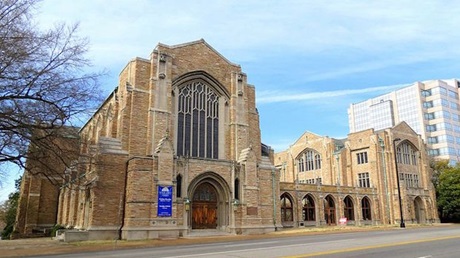Don't overlook the philosophical importance of worship facilities.

Facilities are important to churches—that’s self evident. In this article—the first in a series on trends in church buildings—I will make a few philosophical observations about church facilities and their importance.
Much ecclesiological conversation these days indicates a love-hate relationship with church and church buildings. Yet historically, many people find and follow God in sacred places and spaces.
I have the privilege of preaching in a variety of facilities over the last few years. Every facility I visit has unique designs and values. Maybe that is why I’ve noticed the importance of worship space over the course of my ministry. From Pentecostals in the U.S. South to Westminster Chapel in London, the diverse facilities were as stunning as their diverse traditions and values.
Buildings can be a telling of God’s story to our culture. If we are going to have buildings—which is actually neither a biblical requirement nor always helpful—then we should at least use them well, leveraging them for maximum influence needs to be part of our strategy.
As such, I’m asking, what can we learn about buildings? Certainly the series will from my (limited) vantage point, and I am not an architect so that is all I have, but maybe it will be help.
In his book Desiring the Kingdom, James K.A. Smith points out the importance of facilities and atmosphere in ritually shaping our habits and desires by showing us what is important in life. Using the shopping mall as an example, Smith demonstrates that how we move through a space and what we experience in that space has a formative impact on us. I believe the same thing is true of our church buildings.
The following are four philosophical reasons …


